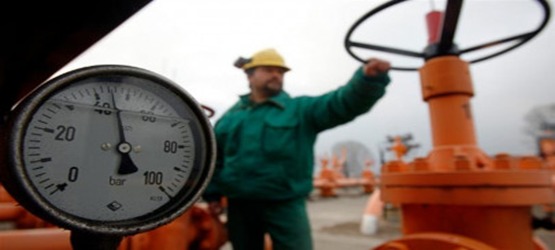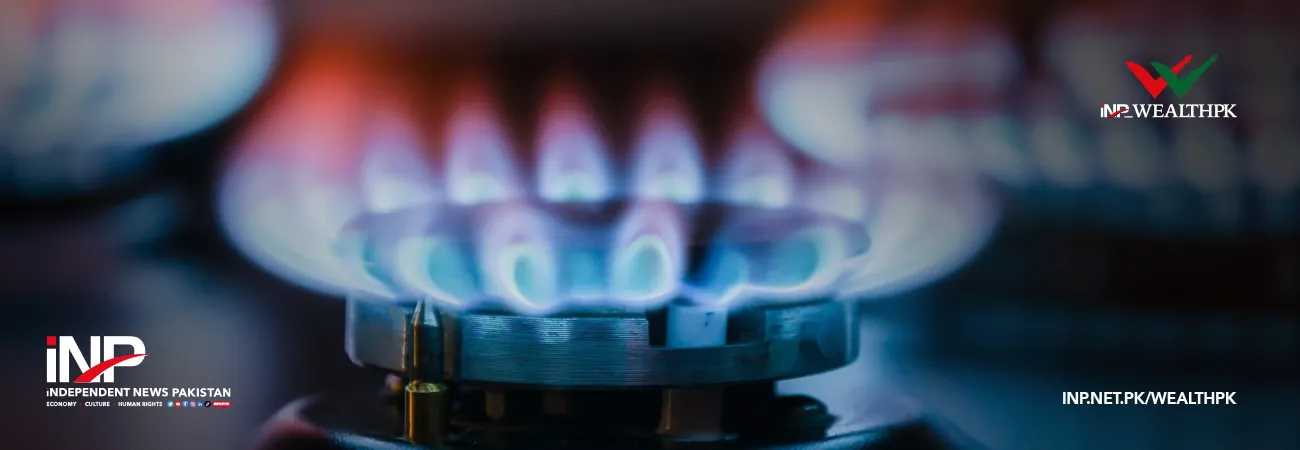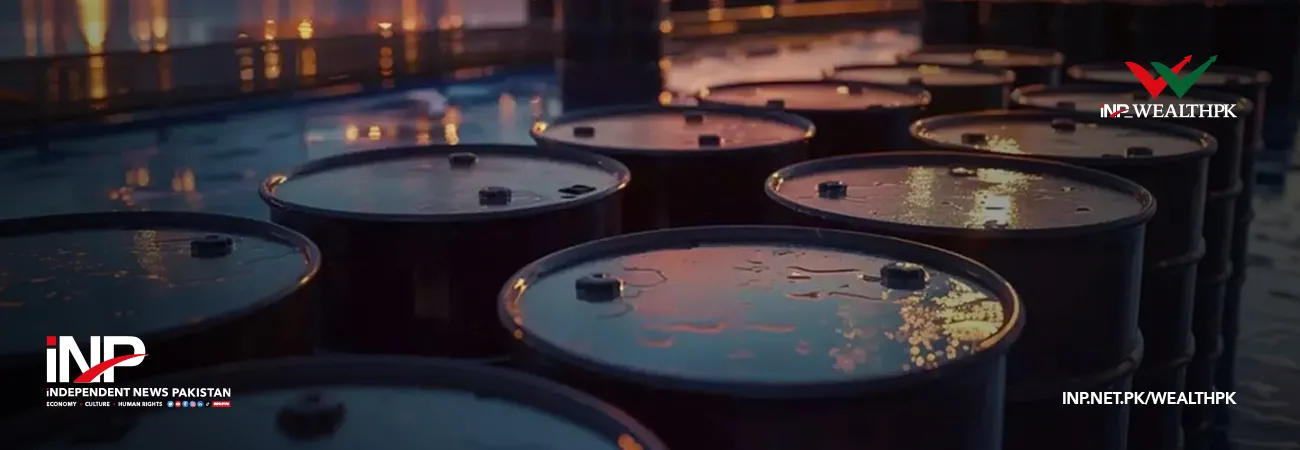آئی این پی ویلتھ پی کے
Ayesha Saba
Pakistan’s gas sector circular debt had surged to a record Rs3.2 trillion by March 2025, driven by chronic tariff under-recoveries, system inefficiencies, delayed payments, and rising import costs of liquefied natural gas (LNG). The ballooning liabilities have tightened liquidity across gas utilities and related power entities, posing a major challenge to the country’s fiscal and energy stability.
According to the Pakistan Energy Market Review 2025 by Renewables First, the circular debt in the gas sector climbed steadily throughout FY24 as both Sui Northern Gas Pipelines Limited (SNGPL) and Sui Southern Gas Company Limited (SSGC) struggled to recover their costs amid politically sensitive pricing and high unaccounted-for gas losses.
By the end of March 2025, SNGPL’s outstanding circular debt stood at Rs1.8 trillion and SSGC’s at Rs1.3 trillion, bringing the total to Rs3.2 trillion. The report attributed the mounting debt to a combination of factors including delayed tariff notifications, under-recovery of revenues from subsidized consumer categories, and late payments from downstream power companies that purchase regasified LNG.
Years of frozen or delayed tariff adjustments have left utilities unable to recover their full cost of supply even as gas purchase prices and LNG import costs rose sharply. The shortfall was further amplified by the government’s inability to reimburse subsidies on time. The analysis highlighted that the revenue shortfall begins within the gas utilities due to rising system inefficiencies, theft, and unaccounted-for gas losses.
Domestic gas production has been declining steadily, forcing greater reliance on imported LNG, which is nearly three times more expensive. The difference between the weighted average cost of gas and the average sale price known as WACOG has widened considerably, creating persistent structural imbalances across the value chain. The report said the gas circular debt cycle now spans multiple entities.
The utilities face late payments from power generation companies and industrial consumers, while they themselves fall behind on payments to upstream suppliers such as the Oil and Gas Development Company Limited (OGDCL) and Pakistan Petroleum Limited (PPL). LNG importers like Pakistan State Oil (PSO) and Pakistan LNG Limited (PLL) also face revenue shortfalls due to delayed recoveries from gas utilities.
This chain reaction continues to accumulate unpaid liabilities throughout the sector. The data showed that tariff shortfalls and delayed reimbursements account for the largest share of the debt. As of March 2025, SNGPL and SSGC had a combined Rs805 billion in unrecovered tariff differentials, Rs546 billion in unpaid late payment surcharges, Rs647 billion in litigation-related receivables, and Rs848 billion owed by power companies.
An additional Rs127 billion was tied up in sales and income tax receivables, while exchange-rate depreciation and inflation further inflated the debt’s rupee value. The report pointed out that domestic consumers represent the largest user base, making up 99 percent of SNGPL’s 7.6 million customers and nearly 90 percent of SSGC’s 3.2 million. However, residential consumers pay the lowest tariffs due to political pressures to keep gas affordable.
These low tariffs are cross-subsidized by industrial and commercial users, who themselves face steep rate increases and declining competitiveness. In FY24, industrial gas consumption fell 18 percent year-on-year as factories switched to solar or alternative fuels to offset high energy costs. The problem was further complicated by the increasing diversion of imported LNG to the domestic sector. Under take-or-pay contracts with foreign suppliers, Pakistan must import a fixed number of cargoes annually regardless of local demand.
As power and industrial use slowed, excess LNG was rerouted to households, where it is sold below cost. The report warned that this practice has deepened the revenue gap and placed additional pressure on government subsidies. Efforts to reduce unaccounted-for gas losses and improve billing efficiency have yielded limited progress. Although transmission and distribution losses fell to 5 percent nationwide in FY24, theft and leakage remain widespread, particularly in certain southern and rural regions.
Administrative delays, weak enforcement, and an aging pipeline network continue to undermine efficiency gains. Experts said that the circular debt crisis in the gas sector mirrors similar issues in the power industry, where delayed recoveries and politically constrained tariffs have also led to unsustainable debt accumulation. They stressed that without automatic tariff adjustment mechanisms and improved cost-reflective pricing, the financial position of gas utilities would deteriorate further, increasing the government’s fiscal exposure.
The report warned that persistent circular debt is constraining liquidity across the entire energy supply chain, limiting the ability of companies to invest in exploration, maintenance, and infrastructure expansion. It also undermines investor confidence in the energy sector and threatens Pakistan’s energy security. Short-term measures such as tariff revisions and subsidy settlements may offer temporary relief but will not resolve the underlying structural issues.
According to the Pakistan Energy Market Review 2025 by Renewables First, the sustainability of Pakistan’s gas sector will depend on comprehensive reforms including full cost recovery, reduction of system losses, transparent subsidy mechanisms, and a phased alignment of domestic tariffs with actual supply costs. Without these reforms, the debt burden will continue to rise, further weakening the country’s energy and fiscal resilience.

Credit: INP-WealthPk




